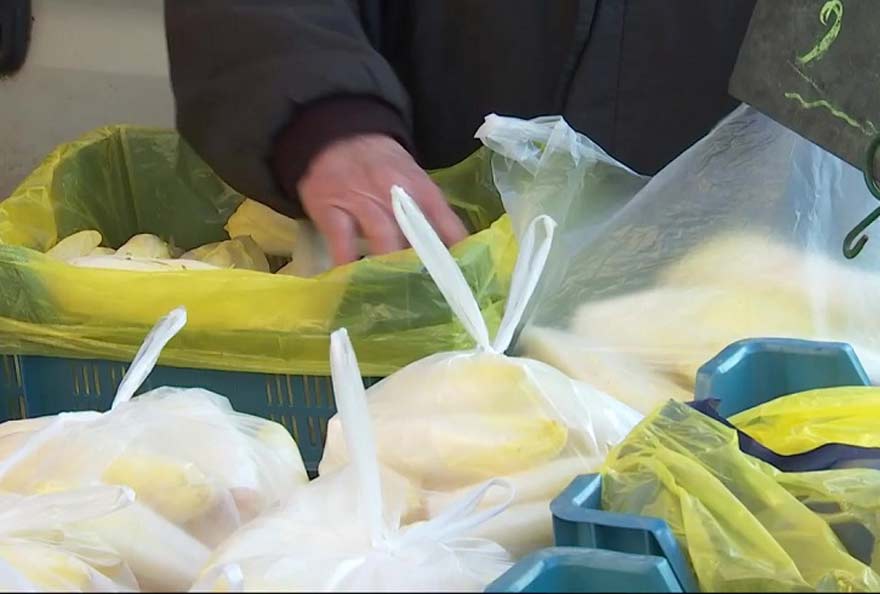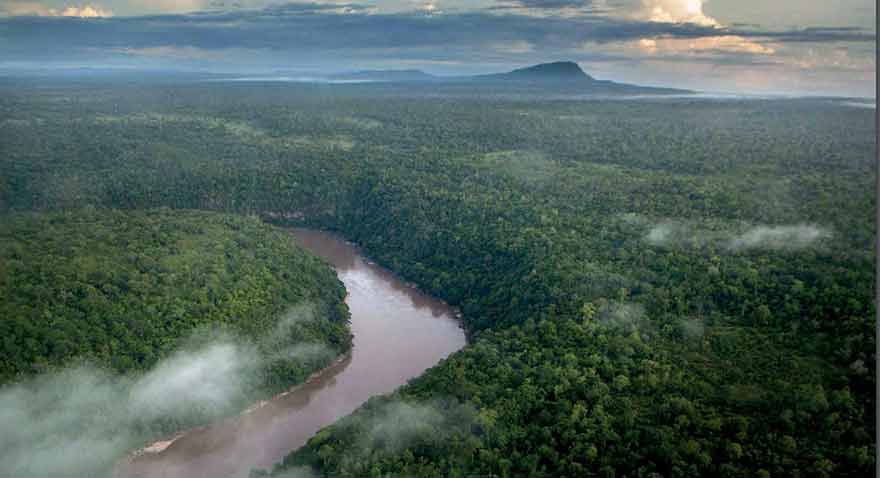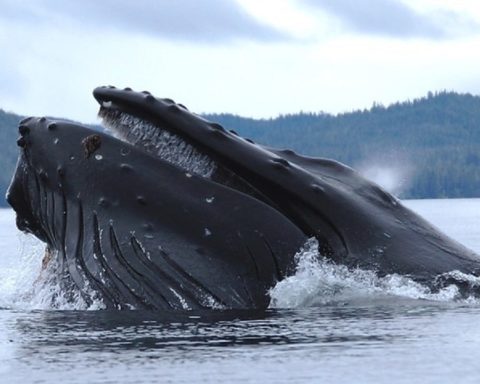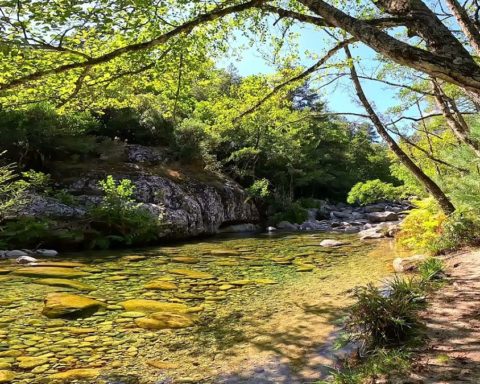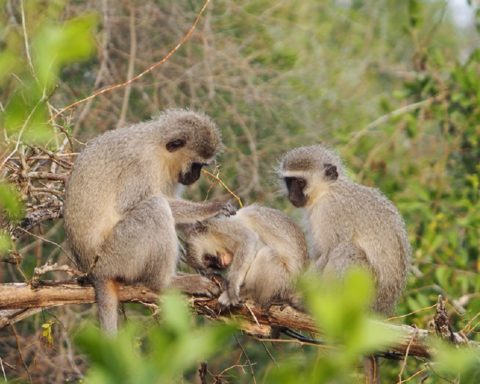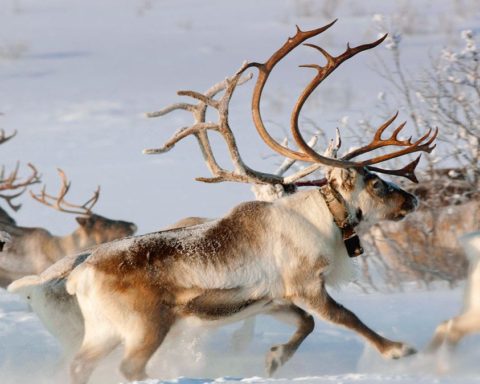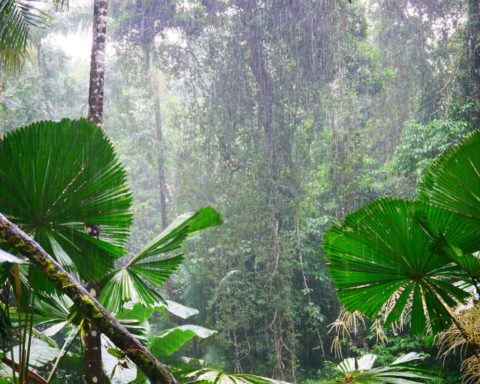In ten years in the Mediterranean, the biomass of sardines has been divided by three, from over 200,000 tonnes to less than 67,000 tonnes. The same proportions are found in anchovies. But where have these small fish - also known as "small pelagics" - gone?
Po understand the phenomenon that has significant economic impacts, scientists have joined forces with fishermen. Each month, the fishermen collected anchovies and sardines according to a very precise scientific protocol (place, date, time, fishing method). For three years, the EcoPelGol project deciphered the fluctuations in small pelagic stocks in the Gulf of Lion. The fault lies neither with predators nor viruses but with the environment. In the face of declining plankton quality, fish use more energy to reproduce than to grow... Financed by France Filière Pêche, EcoPelGol was carried out by the MARBEC joint research unit (IRD / Ifremer / CNRS / University of Montpellier)[1] in partnership with the University of Girona (Spain) and the Mediterranean Institute of Oceanology MIO (Aix Marseille University/University of Toulon / CNRS / IRD).
As many fish... but smaller...
" In recent years, the biomass of anchovies and sardines has declined considerably. ", says Claire Saraux, coordinator of the EcoPelGol project, researcher at Ifremer in Sète and member of UMR MARBEC. « On the other hand, the overall number of fish has not decreased, it has even increased. But the size of the fish has decreased significantly, from 15 to 11 cm for sardines.. "This decrease was due to two factors: a decrease in fish growth and the disappearance of individuals older than 2 years of age, the largest ones. In addition, scientists have noted a sharp decrease in the fat accumulated by the fish. How can this phenomenon be explained?
Feeding, predation, pathogens?
Many avenues have been explored by researchers. Have fish been over-predated by bluefin tuna? « It's not, confirms Claire Saraux. Bluefin tuna consume a tiny part of small pelagic populations (less than 2%) and they do not select their prey according to their size! "The fault lies with pathogens that would weaken or even kill anchovies and sardines? Again, no conclusive results. « We have evaluated more than 1000 sardines for one year. No viruses, no bacteria were detected. And while the majority of the fish carry micro-parasites, no impact of pathogens has been found so far. However, there is still some doubt about a fish liver parasite that we are currently studying."
So the culprit would be the food? By studying the stomach contents of anchovies and sardines, scientists have shown that the prey ingested was smaller than in the 1990s. « Sardine and anchovy populations would be affected by a change in the planktonic community, which is made up of less energetic species than before. This decline in plankton quality would be linked not to fishing but to environmental changes (such as temperature, the flow of the Rhône, etc.)."Less energy, less fat, less growth?
Reproduction rather than growth
Despite this decrease in energy intake, sardines and anchovies reproduce more than they grow. They begin to reproduce at a younger age and develop gonads (reproductive sex gland) that are still as large or larger in proportion to their size. This also explains why the lifespan of the "new generation" sardines and anchovies is shorter: by favouring reproduction over growth, the fish endanger their long-term survival. « Beyond EcolPelGol, we are continuing our research to better understand the links between growth, reproduction and environmental conditions. "says Claire Saraux. « To do this, we have started tests to captive sardines. Initial results seem to confirm that it is possible for sardines in captivity to quickly replenish their reserves and restore their growth."
What are small pelagics? Pelagic fish are fish that swim between two waters. Tuna, marlin, swordfish... are large pelagic fish. Sardines, anchovies, herring ... are small pelagic. They are also called "blue fish". Small pelagics are keystone species of the ecosystem because of their central place in the food chain. These species represent a very important economic stake for French fisheries. 50% of the fish caught in the Mediterranean are sardines and anchovies. « The fact that sardines and anchovies are small and lean really poses an income problem for fishermen. ", underlines Claire Saraux. « There is no market for fish so small and with so little fat. The purchase price is very low and profitability is no longer sufficient for fishermen. As a result, the fishing activity has become very opportunistic, for example in summer, when the sardine is close to the coast around Port-Vendres (Pyrénées Orientales) and there is a very developed local market..»
1] The MARBEC Joint Research Unit (UMR), MARine Biodiversity, Exploitation and Conservation, is one of the most important laboratories working on marine biodiversity and its uses in France with about 230 staff members, including 80 researchers and teacher-researchers. MARBEC is located in Sète, Montpellier and Palavas-les-Flots, as well as in the Indian Ocean, Asia, Africa and South America. It studies the marine biodiversity of lagoon, coastal and offshore ecosystems, mainly Mediterranean and tropical.

Source: IFREMER 30/03/2016


